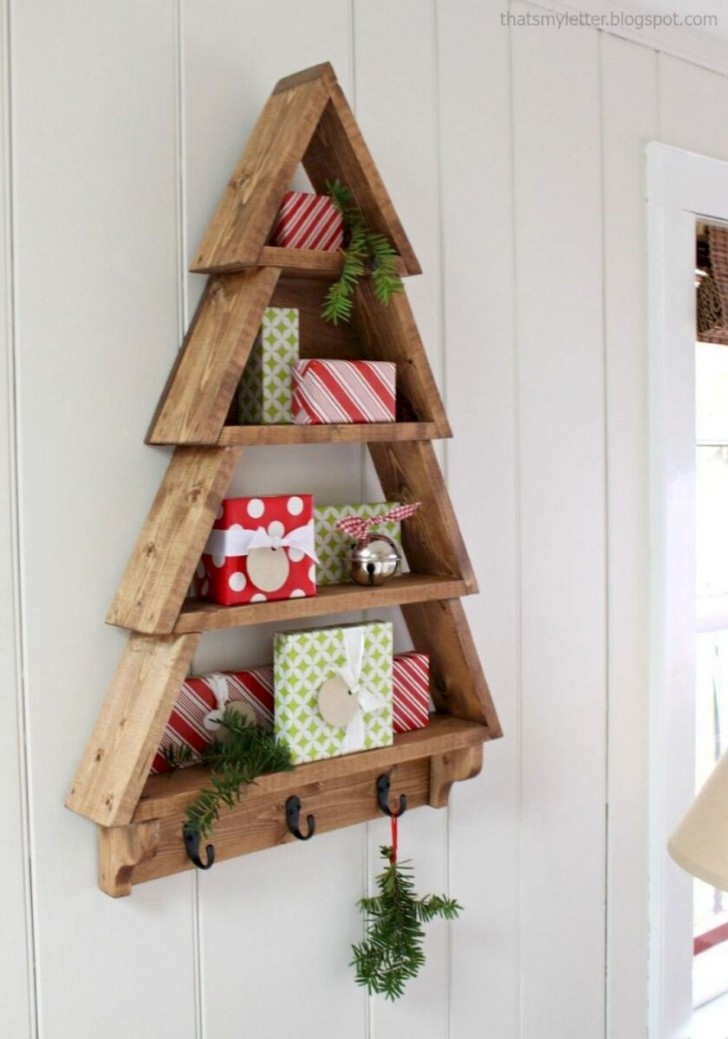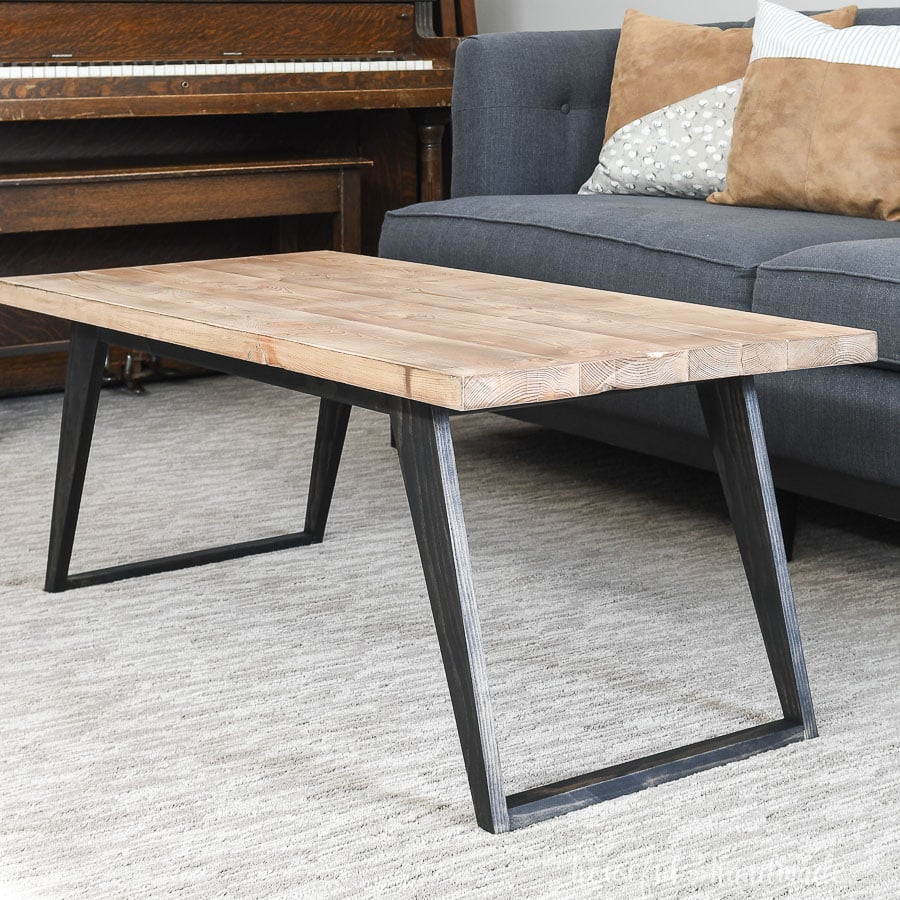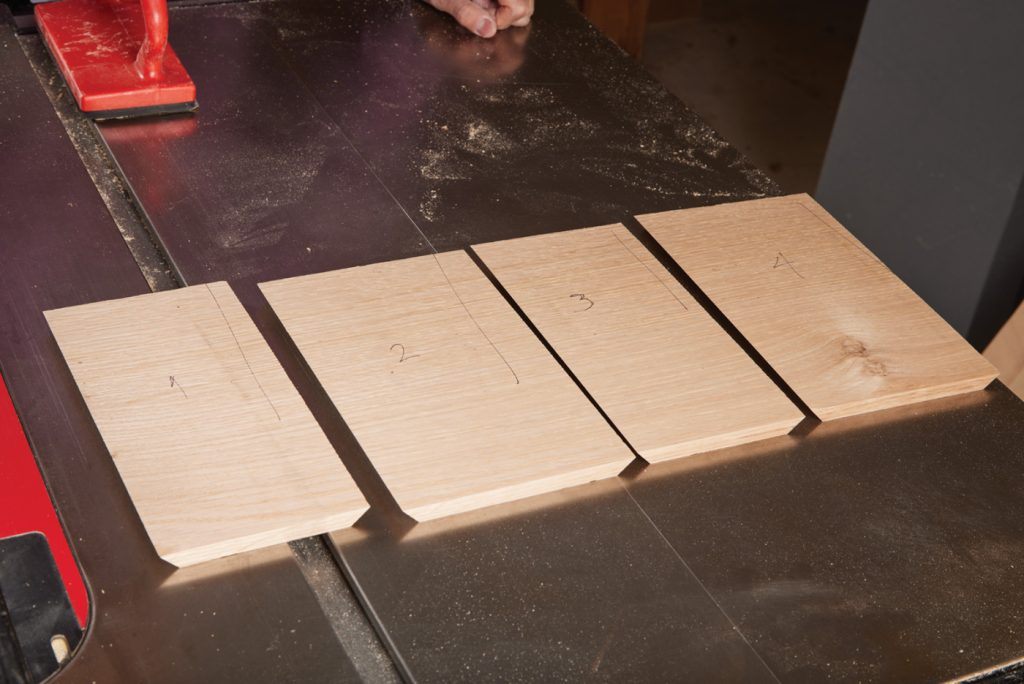Beyond the Basic Birdhouse: Crafting Unique Designs for Market Success
Tired of seeing the same old birdhouses at every craft market? Want to create eye-catching designs that truly stand out and attract buyers? Then prepare to ditch the predictable and embrace creativity! This article provides a blueprint for crafting unique birdhouses that will not only charm customers but also boost your market sales. We'll explore innovative designs, materials, and finishing techniques to help you build a birdhouse empire.
Embrace Unexpected Materials
Forget plain wood. Think outside the box (or, perhaps, *inside* a repurposed box!). Using unconventional materials is a fantastic way to add personality and intrigue to your birdhouses. Consider incorporating recycled materials like vintage tin cans (carefully cleaned and sealed, of course!), repurposed pallets (ensure the wood is treated and safe for birds), or even upcycled teacups and saucers to create whimsical, miniature birdhouse cottages. A truly unique touch comes from integrating natural elements like driftwood, moss, or even colorful stones into the design. The possibilities are truly limitless, and customers will appreciate the sustainable and creative approach. Remember to always prioritize the safety and well-being of the birds by using non-toxic materials and finishes.
Unleash Your Inner Architect: Exploring Unique Shapes and Styles
Move beyond the classic A-frame. Experiment with different architectural styles and shapes! Imagine a charming Victorian-style birdhouse complete with tiny, intricately carved details, or a sleek, modern birdhouse constructed from geometric shapes and clean lines. You could even try creating a whimsical mushroom-shaped birdhouse, a miniature castle, or a quirky spaceship for the avian adventurers in your neighborhood. Consider the overall aesthetic of your market stall and create a cohesive collection that reflects your unique brand and artistic vision. Don't be afraid to experiment; the most memorable birdhouses often stem from unexpected inspirations.
Adding Intricate Details for Maximum Impact
Small details can make a huge difference. Once you have the basic structure down, elevate your birdhouses with carefully considered details. These could include:
- Intricate carvings:
- Hand-painted designs and patterns:
- Miniature shingles or clapboard siding:
- Small, decorative hardware like tiny hinges or latches:
- Adding small, bird-friendly climbing features to the exterior.
Remember, the goal is to create a birdhouse that is both functional and visually stunning. Details should enhance the overall design, not overwhelm it.
Beyond Aesthetics: Functionality First
While aesthetics are crucial, never compromise functionality. Your birdhouses need to be safe and comfortable for their feathered inhabitants. Ensure adequate ventilation, a weatherproof design, and a properly sized entrance hole appropriate for the intended bird species. Consider providing additional features, such as a perch or a small drainage system, to enhance the birdhouse's practicality and appeal to customers who are also bird enthusiasts. Research different bird species and their nesting preferences to tailor your designs effectively. By demonstrating a commitment to both beauty and bird-friendly design, you'll gain trust and credibility.
Marketing Your Masterpieces
Once you've crafted your unique birdhouses, it's time to market them effectively. High-quality photographs are essential. Showcase your birdhouses from various angles, highlighting the intricate details and unique features. Use engaging descriptions that emphasize the craftsmanship, the unique materials, and the benefits for both birds and buyers. Consider offering a variety of sizes and styles to cater to different customer preferences. And don't forget to offer personalized touches â€" perhaps a small, hand-written note with each purchase â€" to create a memorable customer experience. Remember, creating exceptional birdhouses is only half the battle; effectively marketing them is equally crucial for market success.












